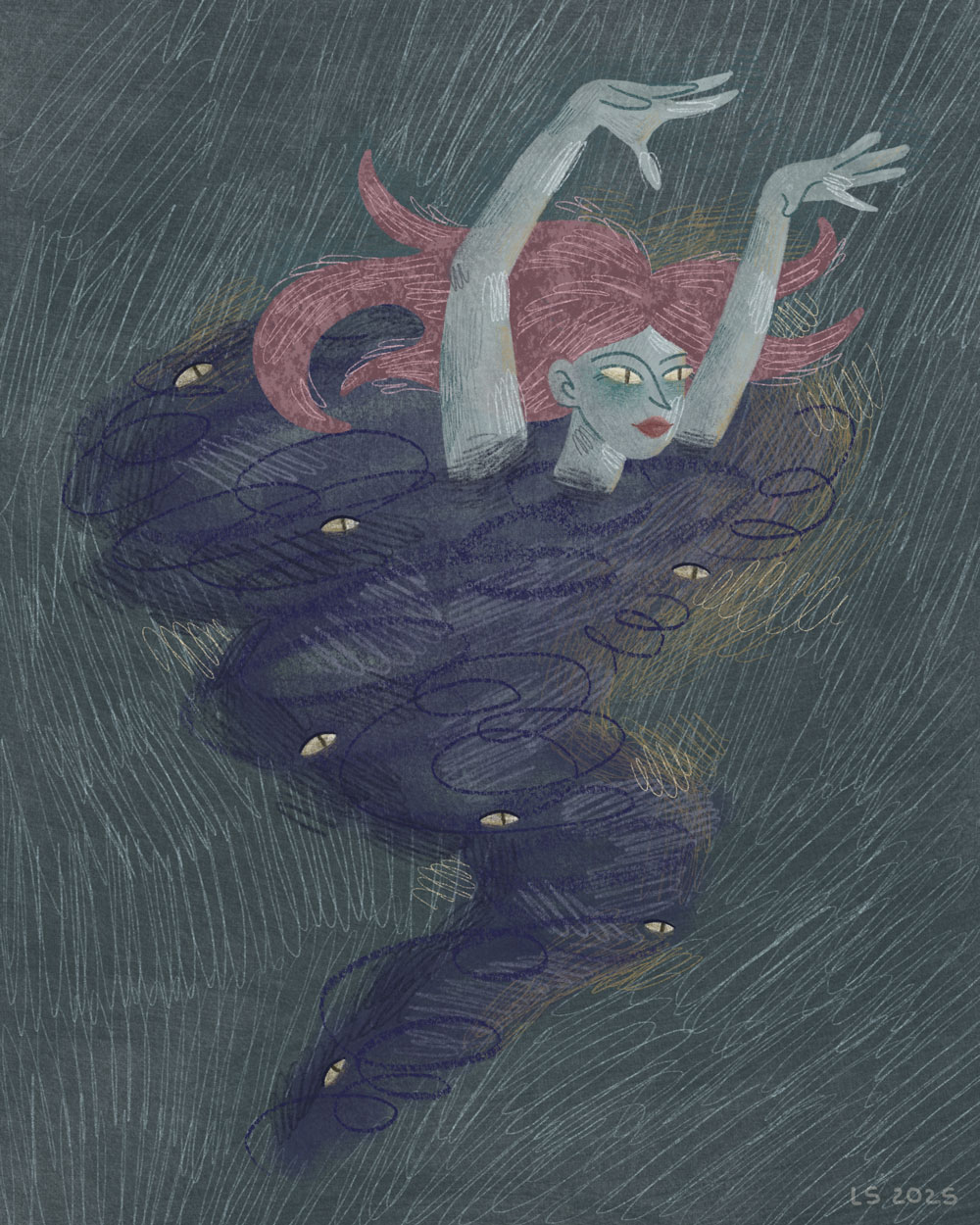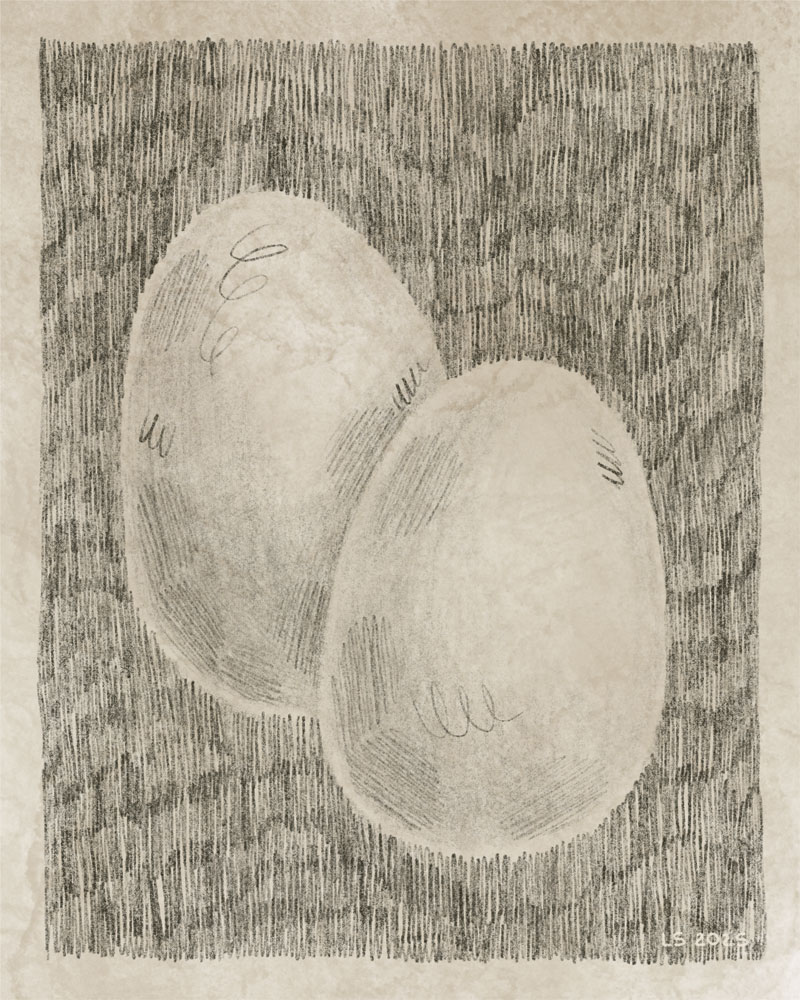Padavka

Padavka is an invisible and very dangerous creature. It can appear in several ways. Some say mothers sometimes pass it down to their children. Frightening another person may also bring it, as padavka can emerge from strong fear. The most well-known way, strangely enough, is the wind. A whirlwind can carry this creature along with the souls of the dead. If such a wind circles a person without a protective charm, that person will catch it.
Symptoms of Padavka
Padavka gradually takes over a person’s body. At first, the person feels occasional pains in different places. Then the pains grow stronger and more frequent, appearing at night as well. Eventually, the creature strangles the person to death while the victim kicks, writhes, groans, and foams at the mouth.
Fighting Padavka in Podillia
The problem in fighting this being is its invisibility, which makes it almost untouchable. Certain rituals, however, can help, including lulling, consuming, and calming.
In Podillia, people believed the best method was attentive care for the victim. They covered the person suffering from padavka with something black during attacks. If nothing black was available, they used a towel consecrated at Easter. During the first seizure, the sufferer was covered with a wooden tub, which people struck against a new, never-before-used clay jug until it broke.

Practices in Vinnytsia Region
In Vinnytsia, people expelled padavka by rolling out an egg. They did this on the first Thursday of the month, which was considered the best day for various healing rituals.

Practices in Polissia and Volyn
In Polissia and Volyn, people tried to stop padavka with a potion made from henbane leaves and spotted hemlock, both poisonous plants. They mixed two parts of crushed herbs with five parts of unrefined alcohol. People took the remedy in micro-doses: two drops per spoon of water. This process, called “making padavka drunk,” was believed to weaken the illness.
Radical Methods
Sometimes people resorted to extremely radical methods. In Eastern Podillia, for example, they drank a mixture of honey and the bile of an eagle, beaver, or even a young puppy. Sometimes they smeared the patient from head to toe with lard mixed with lovage root at night. They also applied a mixture of lard with cherubic incense to the chest. The incense was boiled in water and given to drink, three glasses a day for twelve days.
Blood played a significant role in magical practices against padavka. In Zhytomyr, during the first seizure, people pierced the patient’s little finger under the nail and drew a cross on the forehead with the blood. In Volyn Polissia, people added mole’s blood to meals. In Eastern Podillia, patients drank fresh lamb’s or pigeon’s blood. In Western Podillia, people used the blood of any slaughtered animal.
People also performed a ritual of threefold fumigation of the head. Men used a black rooster, women a black hen. Afterwards, they tore the bird apart over the patient, letting a few drops of blood fall on them, and buried the carcass in the ground. Finally, they recited incantations nine times to make them effective.